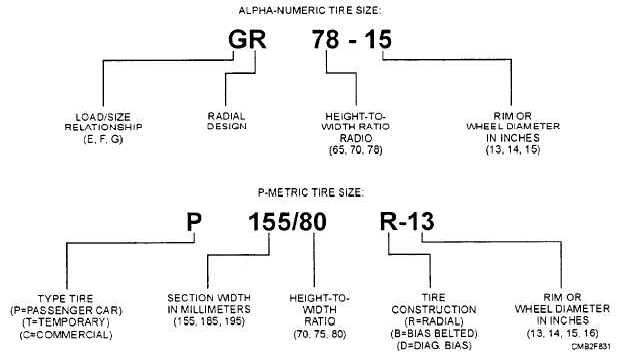
Figure 8-30. - Radial tire construction.
A major disadvantage of the radial ply tire is that it produces a harder ride at low speeds. The stiff tread does NOT give or flex as much on rough road surfaces.
TIRE MARKINGS
There is important information on the sidewall of a tire. Typically, you'll find UTQG (Uniform Tire Quality Grading) ratings for treadwear, traction, and temperature. Also, you will also find the tire size, load index and speed rating, and inflation pressure. It is important that you understand these tire markings.
Tire Size
Tire size on the sidewall of a tire is given in a letter-number sequence. There are two common size designations (fig. 8-31) - alphanumeric (conventional measuring system) and P-metric (metric measuring system).
The alphanumeric tire size rating system, as shown in figure 8-31, uses letters and numbers to denote tire size in inches and load-carrying capacity in pounds. The letter G indicates the load and size relationship. The higher the letter the larger the size and load-carrying capability. The letter R designates the radial design of the tire. The first number "78" is the aspect ratio, also known as height-to-width ratio. The last number "15" is the rim diameter in inches.
The P-metric tire size identification system, as shown in figure 8-31, uses metric values and international standards. The letter P indicates a passenger vehicle (T means temporary and C means commercial). The first number "155" indicates the section width in millimeters measured from sidewall to sidewall. The second number "80" is the aspect ratio, also known as height-to-width ratio. The letter R indicates radial (B means bias belted, D means bias-ply construction).
NOTE
Truck tires are sometimes marked with the designation LT for "light truck" before the size.
The ASPECT RATIO or height-to-width ratio in the tire size is the most difficult value to understand. Aspect ratio is the comparison of the height of a tire

Figure 8-31. - Tire size designation numbering systems.
Continue Reading